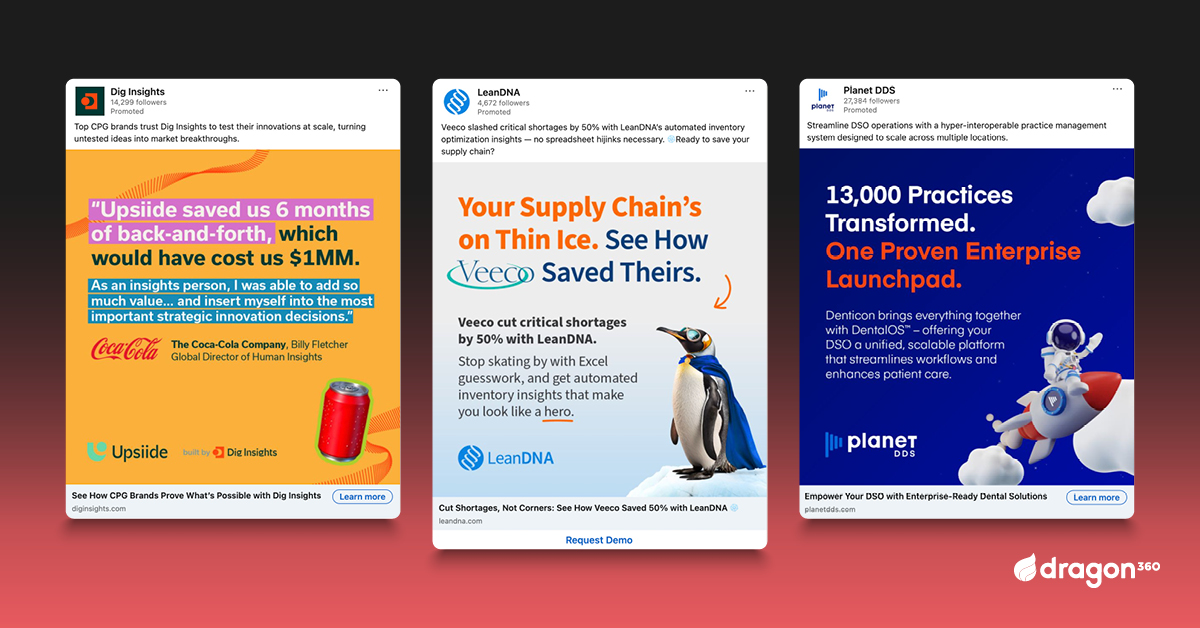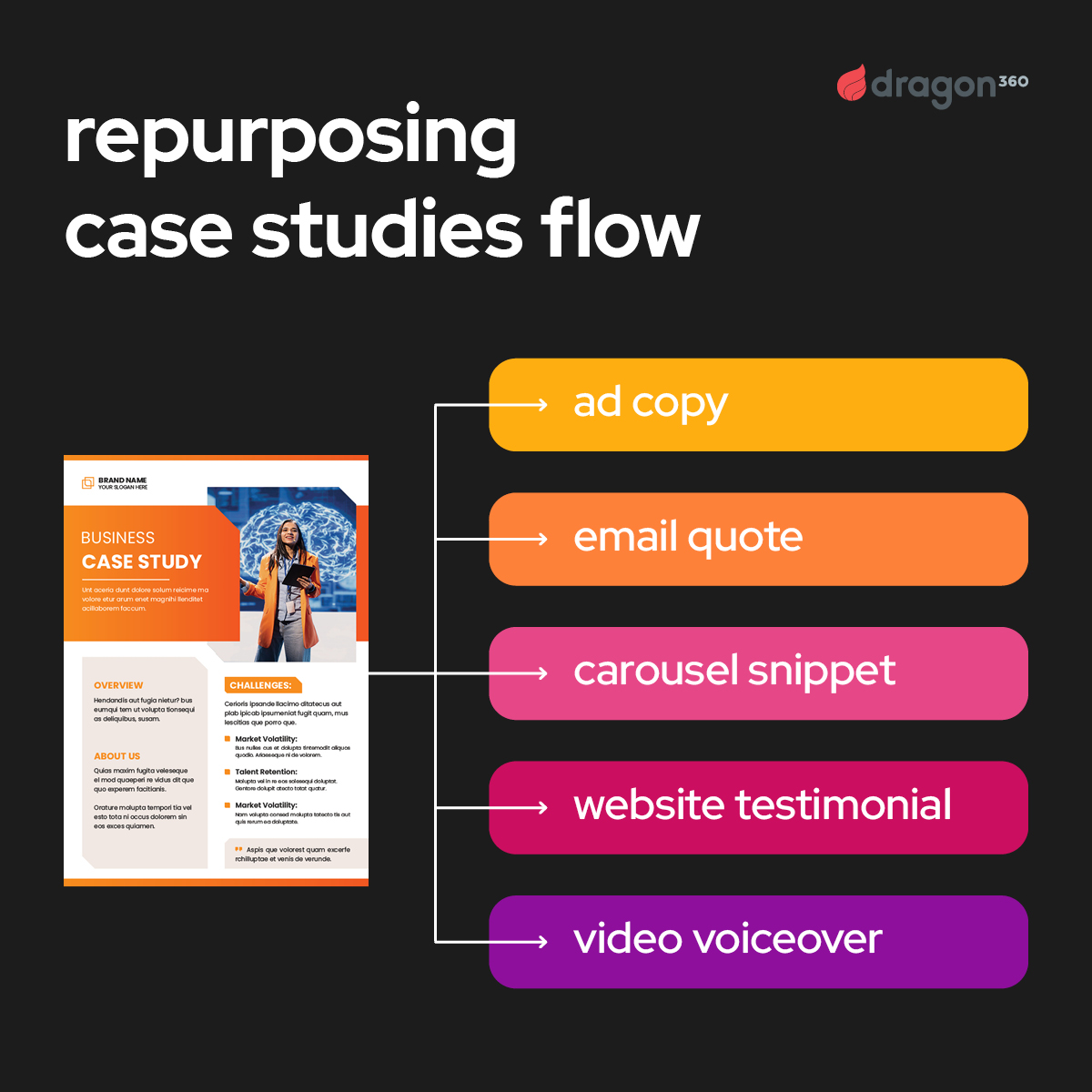Stop Winging It -
Get The Complete B2B Paid Media Guide
Learn how to develop creative that converts and strategy that scales.

In B2B marketing, everyone talks about trust.
But too often, trust is treated like an abstract idea. Something you “build over time.” Something that lives in brand awareness campaigns or a fancy-looking website.
Here’s a more grounded take: trust is built when buyers see proof.
Proof that your product works. Proof that others like them have used it. Proof that it actually solves the problem you’re claiming to fix.
That’s where social proof comes in. Not as a box to check, but as a critical layer in how you earn attention, build credibility, and convert interest into action.
Let’s talk about what social proof really is, what it’s not, and how to use it in a way that drives real pipeline – not just empty clicks.
Social proof isn’t just slapping a logo bar at the bottom of your homepage or quoting someone who said something vaguely positive.
We’re talking about tangible, specific, real-world validation – the kind that shows your product works, and that others like your buyers have already bet on you.
This includes:
But here’s what social proof is not:
Buyers are skeptical. They’ve seen enough marketing fluff to know what’s real and what’s noise. That’s why social proof has to do more than check a box – it has to resonate.
Buyers don’t just want to hear from you. They want to hear from people like them.
They want reassurance. That they’re not the first to try your solution. That others in their shoes have had success. That your product or service does what it says on the tin.
And they want it before they talk to sales. Before they book a demo. Before they commit real time and energy.
Social proof works because it reduces risk. It answers unspoken questions. It creates belief without forcing it.
And most importantly, it puts your customer at the center of the story.
At Dragon360, we’ve tested a wide range of ad formats, messaging strategies, and content pillars. Social proof stands out as one of the highest-converting categories.
But here’s the real unlock: when you combine social proof with pain point messaging, conversion rates climb even higher. It’s not just about showing results – it’s about showing that you understand the problem and have solved it before.

Most people think social proof belongs at the bottom of the funnel. But we don’t believe in linear funnels – and we don’t believe trust should wait until the end.
Social proof should show up early, often, and everywhere it adds clarity.
Some ideas:
And when you use it, don’t bury it. Put your proof in the spotlight. Make it legible. Make it easy to digest.
You don’t need a brand-new library of testimonials to make social proof work. You just need to be strategic about what you already have.
Here’s how we recommend doing that:

B2B buyers don’t convert because of clever language. They convert when they believe.
That belief doesn’t come from saying you’re the best. It comes from showing that others believe in you and why.
The best-performing campaigns we’ve run aren’t the flashiest. They’re the ones that build belief.
Social proof isn’t a cherry on top. It’s one of the most powerful drivers of credibility you can use.
If you’ve helped a customer succeed, don’t keep it buried in a slide deck. Put it where it can do its job.
And remember: the most convincing thing you can say… might not need to come from you at all.
Let’s talk about how to turn your social proof into a revenue driver, not just a nice-to-have. Let’s start the conversation.